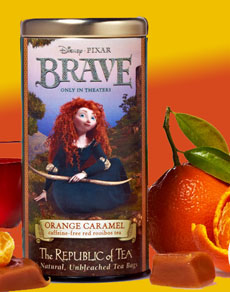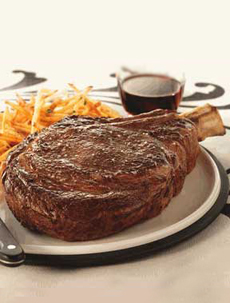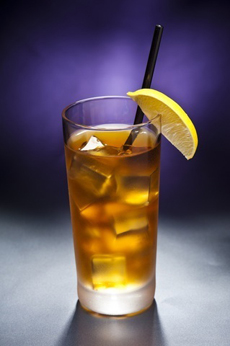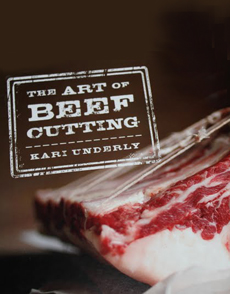
If you love beef, you can save money (and
perhaps discover a new hobby) by butchering primal cuts. Photo courtesy Wiley. |
|
Our tip of the day is to beef lovers: savor the rib-eye cap (more about that below). You’ll learn about it in this new book on butchering beef at home. Of all members of THE NIBBLE team, we weren’t surprised when chef Johnny Gnall raised his hand at the opportunity to interview expert butcher Kari Underly and read her new book. Here is his review, along with his thumbs up for giving the book as a Father’s Day gift to a beef-besotted dad. If you have questions or suggestions for tips, email Chef Johnny.
Kari Underly has been cutting meat for over 30 years. Even with a grandmother, a grandfather, and a father who all worked as butchers, this is a significant accomplishment in a mostly male-dominated field.
But Underly is the proof in the proverbial pudding (blood pudding, perhaps?) that there is no room for sexism around the butcher block. She completed a three-year apprenticeship at age 21 to become a journeyman meat cutter (well, perhaps the title is sexist).
Since then, Underly has established herself time and again as an authority in all things meat, from marketing and merchandising to education; and now, publishing.
|
Her new book, The Art of Beef Cutting: A Meat Professional’s Guide to Butchering and Merchandising, showcases just how extensive her knowledge and expertise are. The book includes, among other things, a step-by-step, photo-illustrated set of instructions for breaking down each primal cut in a side of beef.
What that means, in layman’s terms, is that you could, theoretically, start with an entire steer, and with patience, care, and “The Art of Beef Cutting,” break it all down and turn every bit of it into dinner.
In fact, some restaurant chefs do just that, butchering their own lamb, pig and steer. Certain parts of the book explore more advanced butchery, and the appendices are staggeringly thorough. It does, however, begin with the basics, including knife sharpening, tool selection and cutting technique. So it’s appropriate for butchery beginners, or home cooks with a curiosity they’d like to explore.
|
|
I had an opportunity to speak with Underly about her book, and about beef in general. There are a number of things she shared that a home cook can do to save time and money when buying and preparing beef; and, of course, when cooking it. But you have to start at the beginning, and that means choosing the right cut.
THE RIGHT CUTS
The two cuts that Underly came back to time and again for home cooks were top sirloin and chuck roast, extolling both their comparative value and their versatility.
Cuts from the chuck tend to be flavorful and well-marbled, and they’re great for braising, low and slow.
Sirloin is leaner, quite easy to cut, and arguably the most versatile cut on the cow; to quote Underly, “Go sirloin!”
|
|
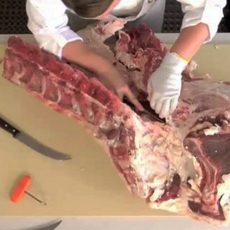
Underly at work. She’ll inspire you to unleash your inner butcher. Image courtesy Vimeo. |
|
Beyond these two subprimals (short for subprimal cuts), the one other cut that got Underly really excited was the ribeye cap, which she calls the best steak in the whole carcass. You could almost hear her mouth watering as she described grilling rib-eye cap steaks; and if there’s anyone to trust on such a suggestion, it’s Kari Underly.
Once you’ve chosen your cut of beef, “The Art of Beef Cutting” can assist you in prepping it for dinner and getting it cooked to its highest potential.
Trussing: The book explores trussing (tying roasts with butchers twine to achieve even and optimal cooking), which Underly counsels is mastered only by repetition. “Don’t worry about making it pretty,” she advises.
Marinating: The book also has a chapter on marinades, and it highlights the often overlooked distinction between different kinds of marinating: for flavor versus for tenderizing.
Methods: Undery suggests ideal cooking methods to use for certain cuts of beef, and even drops hints on how to get perfect browning on your beef.
Essentially, “The Art of Beef Cutting” is a kitchen-ready sidekick for anyone interested in getting a bit more familiar with his or her beef. There is no question in my mind that the more love you give it, the more the food benefits. Extending your knowledge and expertise with butchery will allow you to love your food that much more. Not to mention the fact that buying larger cuts and breaking them down yourself saves you money, and allows you greater versatility with how you cut and serve your beef.
Underly’s last piece of advice to home cooks looking to up their butchery quotient? “Be adventurous.” This may be the perfect time to pick up your cleaver and get to know your beef a bit better.
But first, pick up a copy of the the book.
|
|
